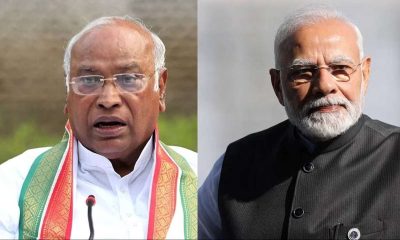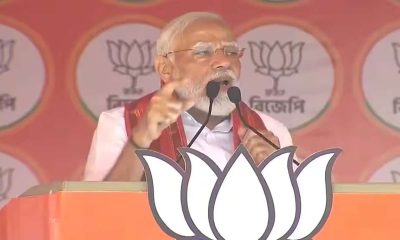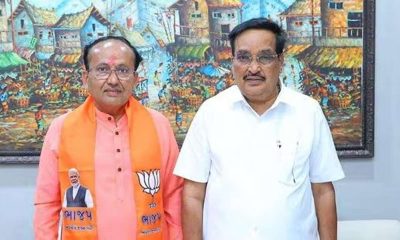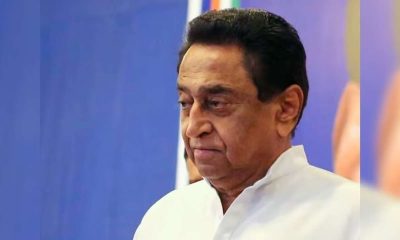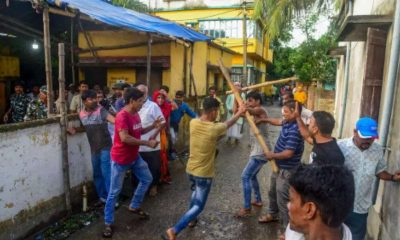India News
Modi mirage works wonders

[vc_row][vc_column][vc_column_text]Janta sold on the promise of a better life as packaged and promoted by PM
By Sujit Bhar
Was the media disoriented while reporting about the BJP wave in UP, or while reporting about the Congress appeal in Punjab? Were all other political parties in denial of the truth staring right in the face? There has to be a possible truth hiding somewhere within the folds of the infinite permutations and combinations that have been worked around and talked about. There has to be a simpler understanding of this immense complexity. Or is there?
Hindsight is always 20/20, or so it is said. Even accepting this, one cannot make much sense of the BJP sweep in UP and the Congress dominance in Punjab. One cannot also make much sense in the three other states involved: Manipur, Goa and Uttarakhand. A simple BJP victory could have been explained by the split down the middle of the Samajwadi Party’s Yadav family, or of Mayawati’s corrupt practices. An indication was available when Mayawati asked, almost unbelievingly, “How can Muslims vote for the BJP?”
Let us look at it in a very different light. What does the man (or woman) on the street want? What does he or she want to see his or her life tomorrow as? Just the other day, he or she would have talked about regular electricity, jobs, a safe family environment and roti sabzi on the charpoy.
Now consider what they have had access to, in the meantime. Movies that show the glitz and glamour from around the world, the internet that promises a world that could be accessed with a little more effort and some education and with a smartphone that many can buy; the malls that promise a life that is a pretty much hathke from the day to day drudgeries of low to lower middle class lives. They have a high-powered mirage in front of them. They are determined to chase it.
Just the other day these existed only in Bollywood movies, things that were supposed to be taken with a pinch of salt, and they were. Today these are more life-like, actually real, things many never knew existed till they saw them and now cannot live without. Now there is this need to make life better, to be able to see far ahead of what has been shown to them by local leaders.
Remember that expensive coat that Prime Minster Narendra Modi wore during his meeting with US President Barack Obama, one that reportedly cost nearly a crore or more and had ‘Narendra Modi’ embroidered in the seams? It was an attire derided in the media, criticized within erudite circles and Modi quickly got out of it, even auctioned it, with the money “going for the poor.”
Well, ask the man in the chai shop (no analogy intended), or your favourite autowallah from UP. I did. Guess what I got? “A rajah is expected to wear a dress that suits a rajah. And if he is meeting the head of another country, should he not be wearing a dress suitable for the rajah of a great country like India?” Infallible logic, you would say. Because his aspiration level is now tagged to the country’s apparent aspiration level.
Is it practical? No. It is often disastrous in the long run. But that is not what hope is all about. Hope is about dreaming and realising the best in us, or even the best that has been around us. If in trying, we fail, at least we have tried.
Modi has delivered this dream, this impossible dream. And there are people dead sure of believing this. When demonetisation was brought in – an ill-conceived theory, conceived with tunnel-visioned “economic experts” – one expected the ill-effects to seep through the system and harm those at the bottom. It did. Badly. Yet, when I conducted interviews of those chaiwallahs, their eyes glittered. “It is bad for now, but it will yield great results in the future. Modi has made a great system.” Wow, I thought; so what was this system? “That I don’t know, but I hear it is a great system.”
That puts us right back to the basics and the results. The Modi Mirage has worked, it will, for some time now. Then when it fades, it will be called anti-incumbency. All the experts will start the predictions all over again.
Nobody realises the power of hope, in these desperate times. Even when hope leads to a mirage. We surely get the government we deserve.[/vc_column_text][/vc_column][/vc_row]
2024 Lok Sabha Elections
Bollywood actor Neha Sharma campaigns for her father Ajit Sharma in Bhagalpur, Bihar
The Bollywood actor posted a video on her Instagram handle which showed her journey through various districts of Bihar, including Kishanganj, Banka, Purnea and Katihar. She was dressed in a traditional salwar kameez and was seen greeting and encouraging the public to cast their votes.
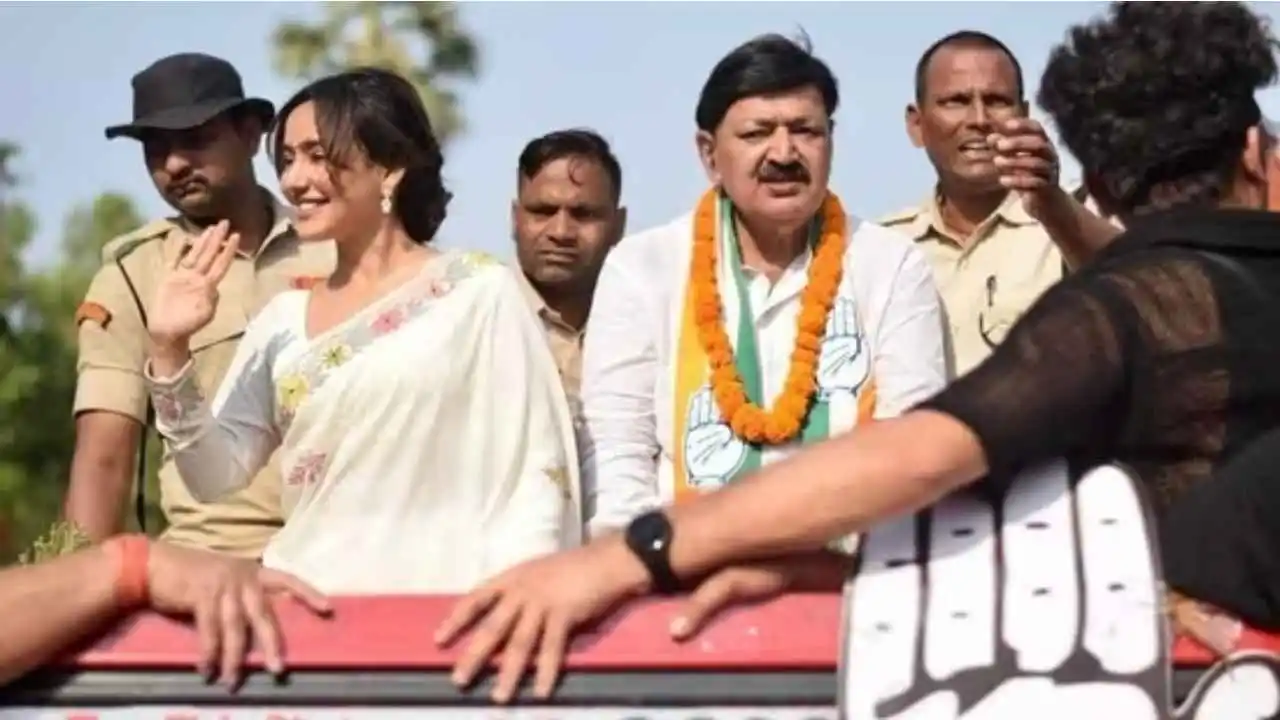
Bollywood actor Neha Sharma’s recent participation in a roadshow in Bihar has taken the internet by storm. Sharma, known for her roles in films like Tum Bin 2 and Crook, was seen supporting her father, Ajit Sharma, who is contesting from Bhagalpur Lok Sabha seat on a Congress ticket. The roadshow came amid speculations that the actor might enter politics. But, it is now clear that she was just campaigning for her father.
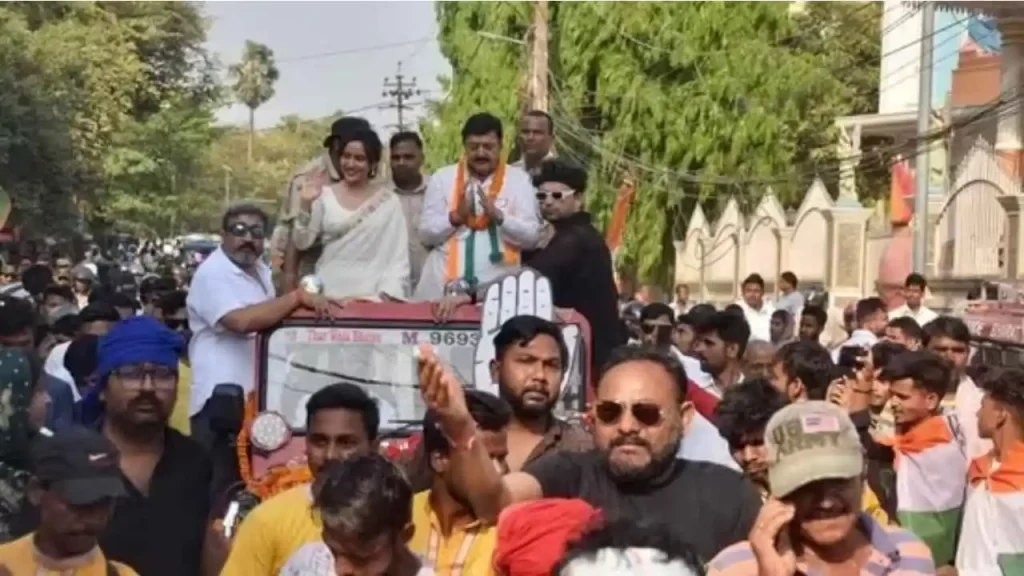
The Bollywood actor posted a video on her Instagram handle which showed her journey through various districts of Bihar, including Kishanganj, Banka, Purnea and Katihar. She was dressed in a traditional salwar kameez and was seen greeting and encouraging the public to cast their votes.
The actor received a warm reception and love from a large crowd in Pirpainti and Kahalgaon during her roadshow. She wrote on Instagram that it is said when someone gives one a place in their heart, then they live there forever. She said her heart is full of all the love and support she was receiving from the people. She thanked the people for the warm welcome she got in Pirpainti and Kahalgaon. Aapka pyar sar ankhon par.
Another video, circulating on social media showed the actor actively participating in her father’s election campaign in Bhagalpur. The election to the Bhagalpur Lok Sabha seat is set to take place in the 2nd phase on April 26. Ajit Sharma is representing the Congress and is up against JDU’s Ajay Kumar Mandal in this seat.
Earlier, there had been rumours and speculations that Neha Sharma might join politics. But many reports have clarified that she is not making her political debut yet. The Bollywood actor had been offered the opportunity to join politics by her father Ajjit Sharma but she is currently focusing on her acting career.
Education
Farmer’s son Nilkrishna Gajare Nirmalkumar from Maharashtra scores 100 NTA score in IIT-JEE Mains 2024
Nilkrishna Gajare’s father is a farmer and had to discontinue his own education after Class 12 as he faced financial difficulties. Gajare faced financial challenges growing up. However, his unwavering dedication and strategic approach to preparation set him apart from the crowd.
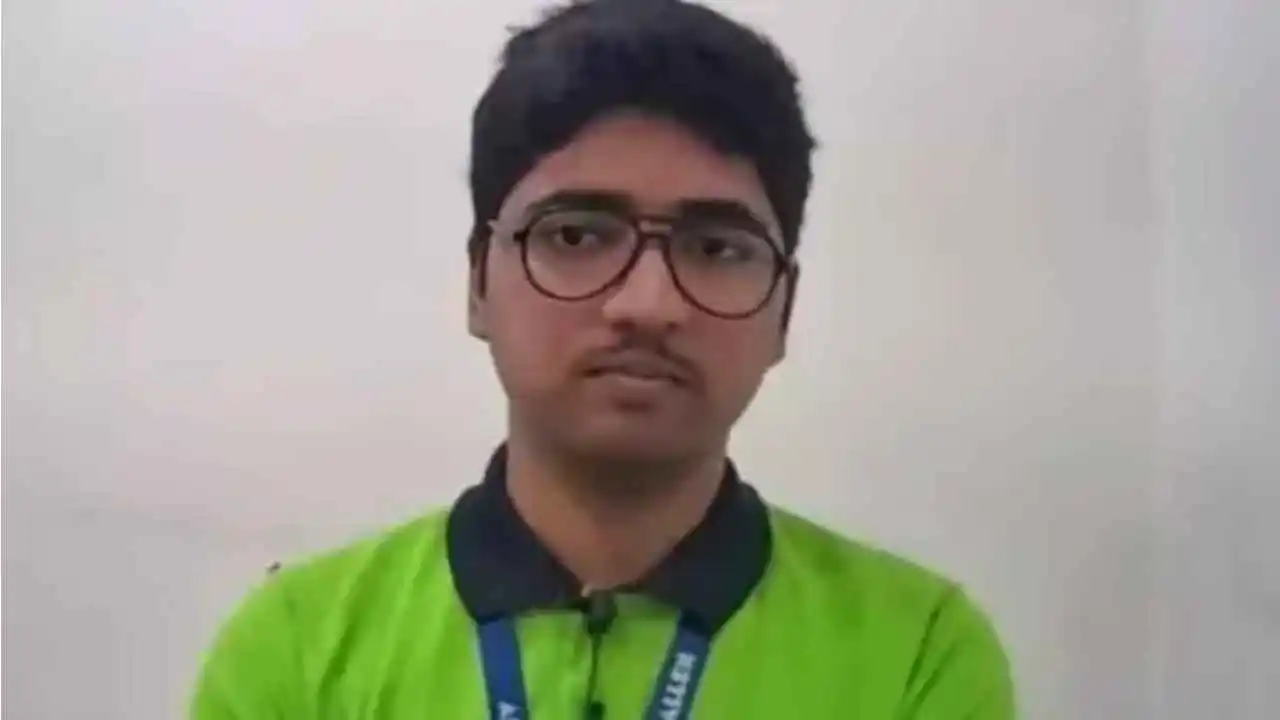
Nilkrishna Gajare, who hails from Maharashtra’s Washim, achieved an extraordinary feat by securing a perfect score of 100 in the JEE Main 2024 examination. His journey from humble beginnings to the pinnacle of success is a source of inspiration for many people.
Nilkrishna Gajare’s father is a farmer and had to discontinue his own education after Class 12 as he faced financial difficulties. Gajare faced financial challenges growing up. However, his unwavering dedication and strategic approach to preparation set him apart from the crowd, which resulted in his remarkable achievement of emerging as topper of one of India’s toughest Engineering entrance exams.
Nilkrishna Gajare had a strategic plan that helped him succeed in IIT-JEE 2024. According to Nilkrishna persistence is important and one should never stop trying until they understand a topic. He said being curious and asking questions are important traits of a good student. He said one should not be ashamed of asking questions.
Nilkrishna spent around 10-15 hours every day studying on his own for the JEE Main exam. He mentioned that he used his class notes for Physics and Physical Chemistry. For organic chemistry and inorganic chemistry, he relied on both notes and practice questions.
As for Mathematics, he believed that practicing regularly was the most important thing for him. Other interests of Nilkrishna include archery. He has participated at both state and national levels, and he finds joy in the sport. He said archery helps him understand the importance of focusing his attention on his goals. Nilkrishna likes watching movies and said they are a great source of enjoyment and relaxation.
He likes to watch a movie after exams and occasionally treats himself to one each week too. Gajare aims to keep up the pace for the JEE-Advanced exam and hopes to get into the IITs. He said he wants to secure admission in IIT-Bombay in the computer science branch.
2024 Lok Sabha Elections
Lok Sabha elections: Samajwadi Party chief Akhilesh Yadav files nomination from Kannauj
The Samajwadi Party has announced Akhilesh Yadav as its official candidate for the Kannauj Lok Sabha seat today
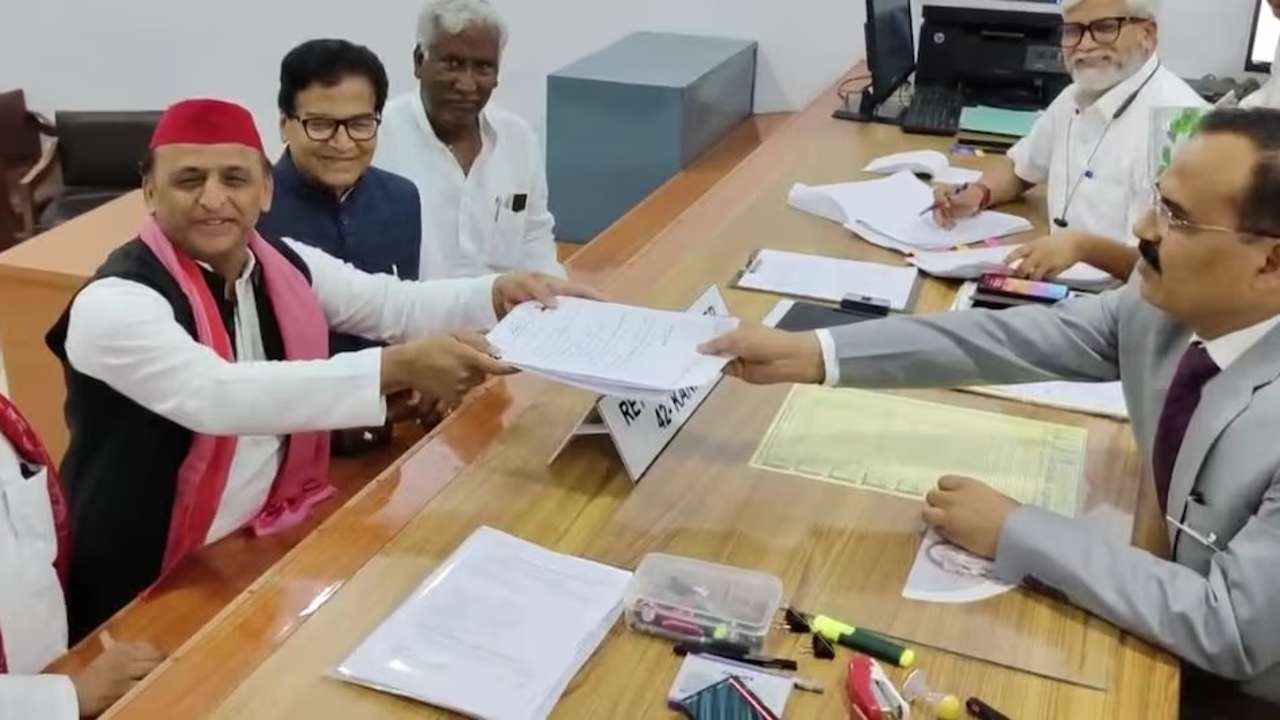
Samajwadi Party (SP) chief Akhilesh Yadav, submitted his nomination for the Kannauj Lok Sabha constituency ahead of tomorrow’s second round of voting. In front of Ram Gopal Yadav and other party leaders, the chief of the SP, who had previously contested the seat in 2000, 2004 and 2009, submitted the nomination.
Speaking with media, Ram Gopal Yadav said that SP would win the seat by a huge margin. The BJP candidate might lose his deposit in the seat, he said.
The Samajwadi Party has completely reversed its earlier plan to field former Mainpuri MP Tej Pratap Singh Yadav as their candidate, which is a significant political development.
Earlier, Akhilesh Yadav told reporters, people will find out when the nomination takes place, in reference to the speculations that he will contest for the seat. The historic victory of Kannauj is the subject of inquiry.
The former chief minister continued, the people have decided that the India bloc is coming as the future and the BJP will be history in this election.
Notably, elections for the Kannauj seat are scheduled for May 13, which would intensify the political drama that is now playing out in Uttar Pradesh. Previously regarded as the Samajwadi Party’s stronghold, the seat was lost by the party in the 2019 election when Subrat Pathak of the BJP won with a resounding victory.
The candidates competing for the following Uttar Pradesh seats will find out their destiny in the second round of voting, which is scheduled for tomorrow, Amroha, Meerut, Mathura, Baghpat, Aligarh, Ghaziabad, Gautam Buddh Nagar, and Bulandshahar.
Notably, two Bollywood celebrities running as BJP candidates in the second round are Hema Malini from Mathura and Arun Govil from Meerut. There are 91 contestants from UP competing in the second phase.
The seats in Gautam Buddha Nagar and Mathura are up for grabs, with a maximum of 15 applicants per seat. In Bulandshahr, six candidates are vying for the presidency. There are twelve contenders running in Amroha, eight in Meerut, seven in Baghpat, and fourteen in Ghaziabad and Aligarh.
1,67,77,198 votes will decide these candidates’ fates.
-

 India News14 hours ago
India News14 hours agoLandslide hits Arunachal Pradesh, highway linking Indo-China border affected
-
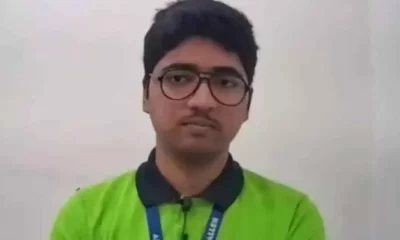
 Education12 hours ago
Education12 hours agoFarmer’s son Nilkrishna Gajare Nirmalkumar from Maharashtra scores 100 NTA score in IIT-JEE Mains 2024
-
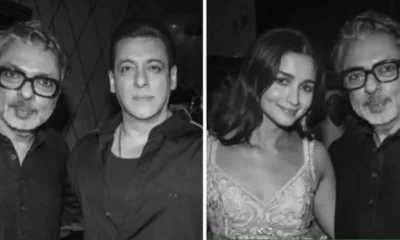
 Entertainment13 hours ago
Entertainment13 hours agoBollywood stars Salman Khan, Alia Bhatt, Rekha, Sonakshi Sinha, Aditi Rao Hydari attend Sanjay Leela Bhansali’s Heeramandi premiere
-

 India News14 hours ago
India News14 hours agoTamannaah Bhatia summoned in illegal IPL streaming app case, to appear before cyber cell on April 29
-
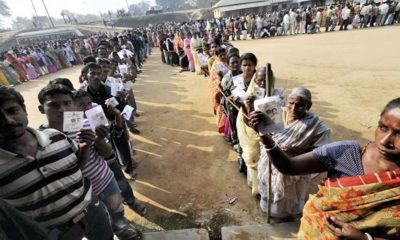
 2024 Lok Sabha Elections13 hours ago
2024 Lok Sabha Elections13 hours agoBihar: Election Commission extends voting timings for 4 Lok Sabha seats due to heatwave
-

 Cricket news14 hours ago
Cricket news14 hours agoIPL 2024: Rishabh Pant, Axar Patel score half centuries as Delhi Capitals beat Gujarat Titans by 4 runs
-
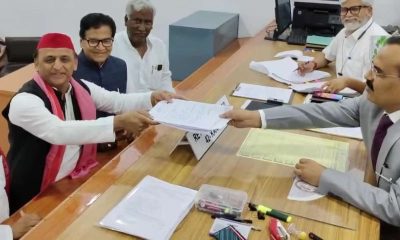
 2024 Lok Sabha Elections12 hours ago
2024 Lok Sabha Elections12 hours agoLok Sabha elections: Samajwadi Party chief Akhilesh Yadav files nomination from Kannauj
-
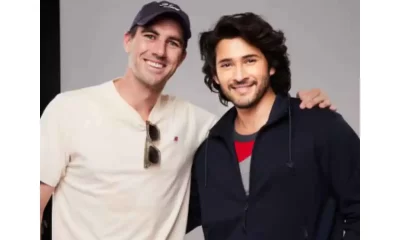
 Cricket news7 hours ago
Cricket news7 hours agoTelugu superstar Mahesh Babu meets SRH captain Pat Cummins, says it is an absolute honour

